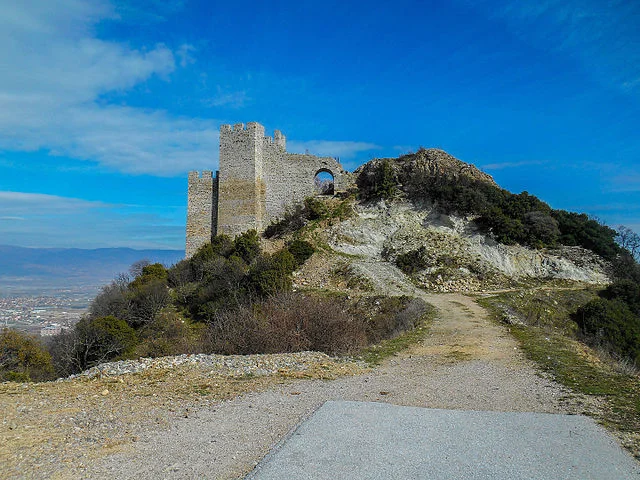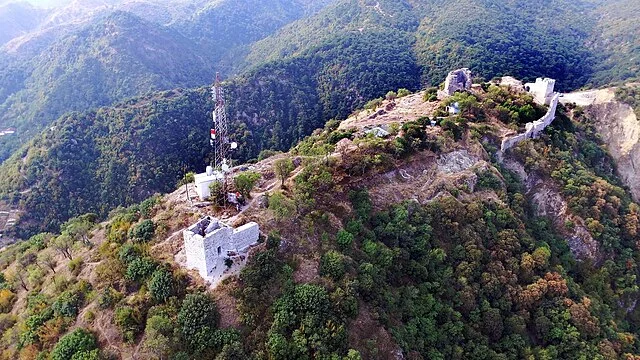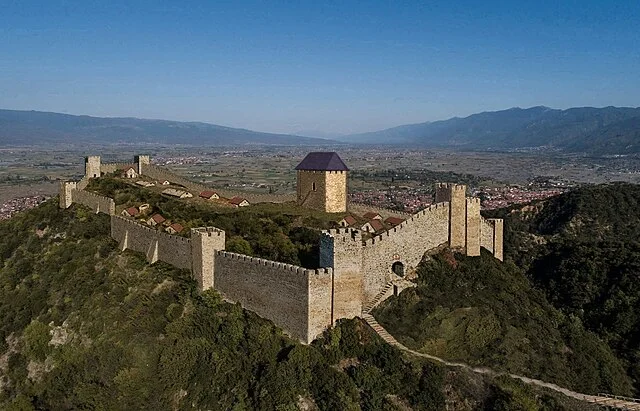Strumica Fortress, located in North Macedonia, is a significant archaeological site. This medieval fortress lies on a hill overlooking the town of Strumica. It dates back to the late Roman period and continued to be used throughout the Byzantine era.
Get your dose of History via Email
Historical Background

Archaeological evidence indicates that the fortress originated in the 5th century AD. During this time, it served as a military stronghold. The Romans constructed it to protect the region from various invasions. Later, the Byzantines expanded the fortress, enhancing its defenses.
The strategic location of Strumica Fortress allowed it to control trade routes. It overlooked the road leading to the nearby town of Radovish and beyond. This positioning made it a vital military and economic site.
Architectural Features

Strumica Fortress features impressive walls made of large stone blocks. These walls are approximately 1,800 meters long and up to 2.5 meters thick. The fortifications include towers at regular intervals. Some towers still stand today, showcasing their original design.
The entrance to the fortress is particularly notable. It features a massive arched gateway. This design reflects the military architecture of the period. Inside, remnants of structures such as barracks and storage facilities have been uncovered.
Archaeological Significance
The fortress has been the focus of various archaeological excavations. These excavations have revealed numerous artifacts, including pottery and coins. These findings provide insight into the daily life of its inhabitants.
Researchers believe the fortress served as a refuge during times of conflict. It likely housed soldiers and local civilians seeking protection. The presence of religious artifacts suggests that it may have also functioned as a place of worship.
Preservation Efforts
In recent years, Strumica Fortress has gained attention for preservation efforts. Local authorities and heritage organizations have worked to restore parts of the site. These efforts aim to protect the fortress and promote it as a cultural landmark.
Visitors can explore the fortress today. Guided tours provide insight into its history and significance. Educational programs help raise awareness about the site’s importance in the region’s heritage.
Conclusion
Strumica Fortress remains a vital part of North Macedonia’s historical landscape. Its strategic location, architectural features, and archaeological significance make it a key site for understanding the region’s past. Ongoing preservation efforts will help ensure that future generations can appreciate its historical importance.
Source:

